This post may contain affiliate links, which means I’ll receive a commission if you purchase through my links, at no extra cost to you. Please read my full disclosure for more information.
In the last few years, but especially in the last two decades, autofiction has garnered much attention and criticism. Some people absolutely love the style and others completely loathe it.
Love it or hate it, it’s a practice many authors engage in when they first begin to write, and return to, once they master their writing.
Did you know you can also watch the video version of this post on YouTube? You can watch it here.
The term autofiction itself was coined in 1977 by Serge Doubrovsky regarding his novel called Fils, which mean The Son in French. Yet, scholars claim that we can retrace autofiction all the way back to the poet Sappho due to her confessional lyricism and uses of the first-person pronoun ‘I.’
But what is autofiction you may ask?
Autofiction is a literary style that combines autobiography with fiction. It is not yet recognized as a genre.
The blur – or as I like to call it, the waltz – between fact and fiction is the essential beauty of the autofiction style.
I believe that we are soon entering a new side of autofiction in which the fictionalized aspects of the autobiographical story can go beyond contemporary fiction. For example, you might want to write about your upbringing but you’re determined to set your autobiographical story in Space. Or maybe you decide, in a Kafkaesque twist, that you’re a fly on the wall observing the many stages of your life unfold in the house you grew up in.
In this sense, events, characters, and settings can be both fictional and real.
But as I mentioned, we have yet to see autofiction transgress further genres. As it stands, autofiction remains in the realm of realism. Therefore, autofiction sticks to contemporary fiction in hopes of keeping as much of its autobiographical and believable events, characters, and settings.
There are mainly 3 common characteristics that most autofiction novels follow:
- Embellishments
- A Shared Name
- Metafiction
Remember that authors will follow the embellishment characteristic but they might choose not to follow the other two characteristics.
Characteristic #1 – Embellishments
Back in 2020, I started to write an autofiction about my university experience but instead of it being a single person point of view novel, I’ve decided to separate myself into 3 to 5 characters. Most of what happens is true with some fictional embellishment.
Essentially, the whole is based on a true story but with creative liberty.
My characters go through depression, hospitalization, and near academic suspension, to then win an award, turn their 1.7 GPA to a 3.7, and get accepted into a Master’s program. There’s a clear academic and emotional narrative arc that reflects almost exactly my own life.
These embellishments or fictional fabrications serve the author’s message. Often times, they are symbolic and thematic.
Now let’s go back to the Space example. Maybe you write about your upbringing in Space to highlight how ‘alien’ i.e., isolated you’ve felt growing up. Maybe your corner of Space represents the reality of the small oppressive town you grew up in.
As you can see, the embellishments serve both the narrative and the author’s message.
Characteristic #2 – Shared Name
Another common aspect to the autofiction genre is that the main character shares the same name as the author. Sometimes the main character is unnamed and we are to assume they share names, and other times, author may choose to use a different name or a nickname.
For example, when I was a flight attendant I went by the name of ‘Alex.’ If I wanted to write an autofiction novel of my experience as an airline stewardess, I’d most likely use ‘Alex’ again.
Characteristic #3 – Metafiction
It is no surprise then that most autofiction writers engage in metafiction. Since the main character is a stand-in for the author, we often witness the main character finding their voice and crafting their story in real time. We watch as they grapple with their identity as a writer, artist, journalist, filmmaker, playwright, etc. Much like we would when reading an autobiography.
For example, in the book itself, the character-author might be working on a book, discussing literature, reading books, or passing commentary on the sociopolitical landscape of their inner and outer world through books, writing, or discussion of real or imagined events.
In this way, the use of metafiction further exaggerates the author’s playful awareness of the boundaries between fiction and reality.
Final Thoughts
Ten years ago, in a 2014 article for Flavorwire, Jonathon Sturgeon wrote:
“The best way I can describe the new autofictional novel: the oeuvre is the soul. The artist’s body of work, in other words, has come to replace the religious ideal of the immortal spirit. This is why the künstlerroman has become the weapon of choice for many of our most committed novelists: the story of the maturation of the artist or the creation of a work of fiction is tantamount to the unfurling of the soul on the page.”
The German term künstlerroman translates to “artist’s novel” in English. As Sturgeon explained these types of novels depict the artist’s growth and maturity much like the bildungsroman (the coming-of-age genre.)
By this same reason, a lot of readers and critics dislike autofiction because of its self-awareness that can be read as self-indulgence and sometimes as a covert aggrandization of one’s life. In the end, we like what we like and we relate to what we relate to. There are some autofiction books that I absolutely love and others that I’m completely indifferent to.
Either way, I hope I’ve made you curious about this style of writing!
Here are 5 Autofiction Novels to get you started:
The Years (Les Années) by Annie Ernaux
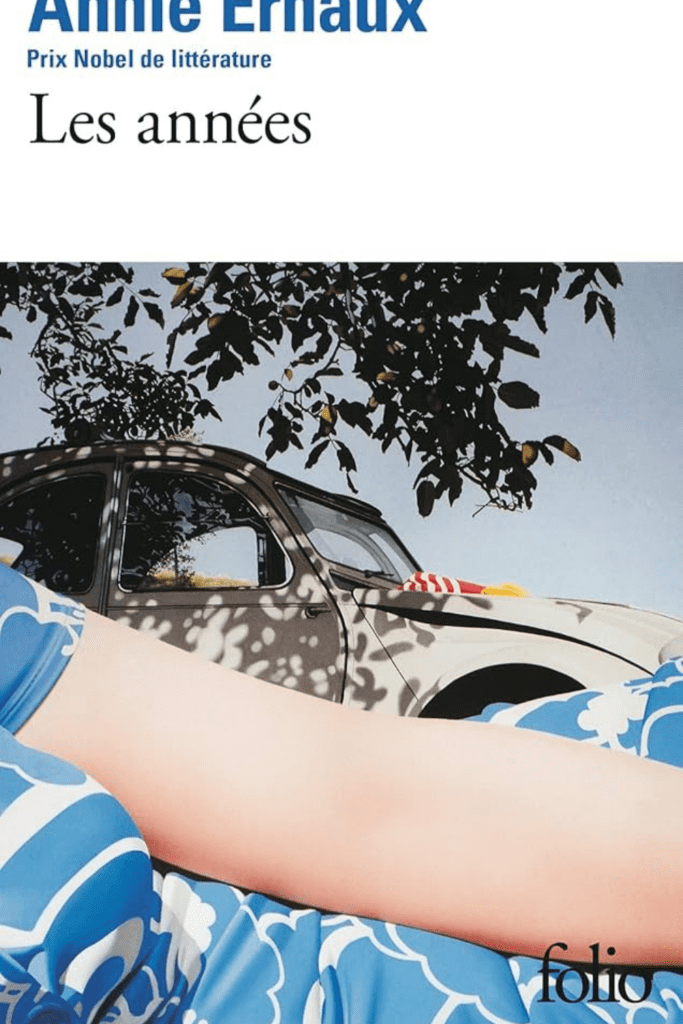
- Covers 6 decades (from 1941 to 2006) of Ernaux’s rich impersonal autobiography and collective memory of France and the world through photographs, songs, slogans, and more. Annie Ernaux in literary spaces is known as the mother of autofiction.
The Bell Jar by Sylvia Plath
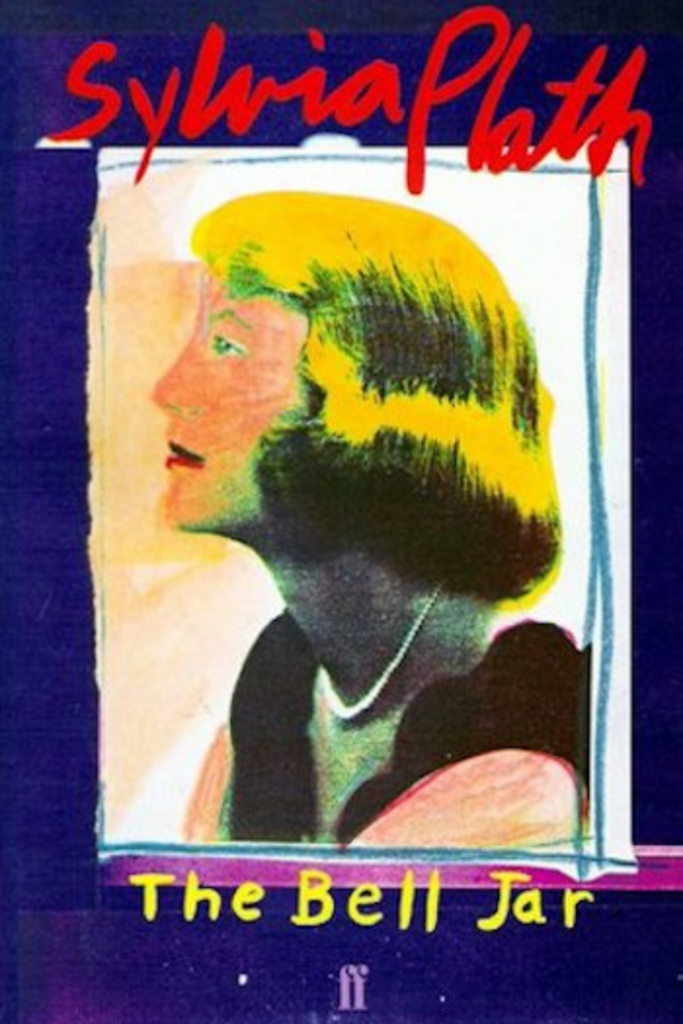
- Follows the story of 19-year-old Esther Greenwood who’s awarded a spot at a literary magazine during the summertime. However, Esther is clinically depressed and we watch her rapid descent into mental illness. While reading Sylvia Plath’s Journals, it is evident that the story of Esther is largely based on her life and struggles.
The Absolutely True Diary of a Part-Time Indian by Sherman Alexie
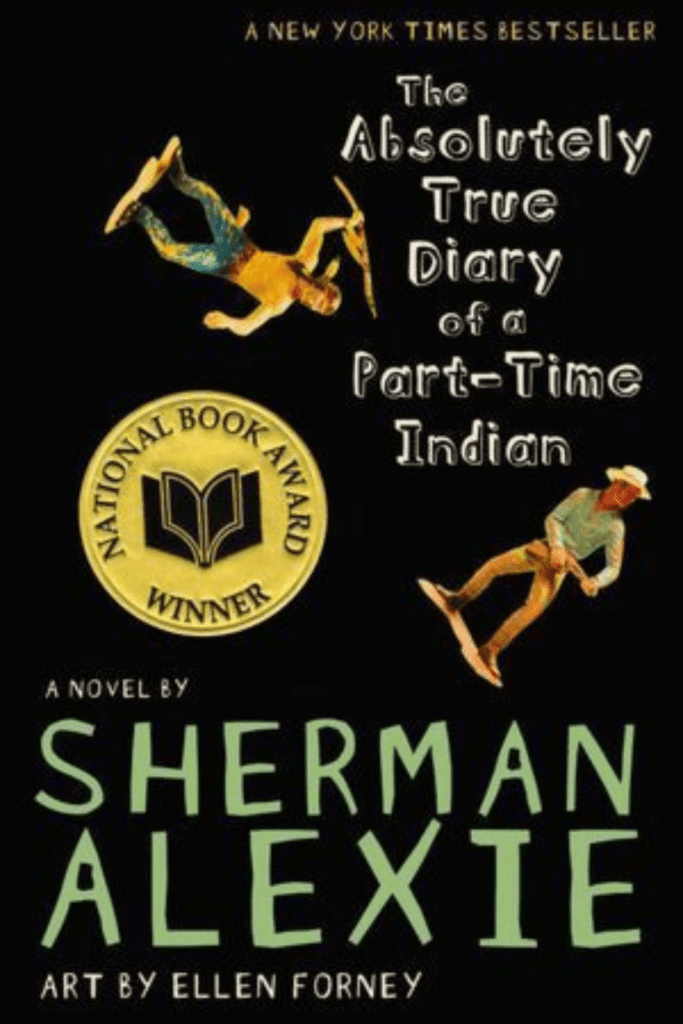
- The story follows Junior, a talented 14-year-old Native American cartoonist, that is bullied by his peers when he attends a white high school away from the reservation he grew up in.
On Earth We’re Briefly Gorgeous by Ocean Vuong
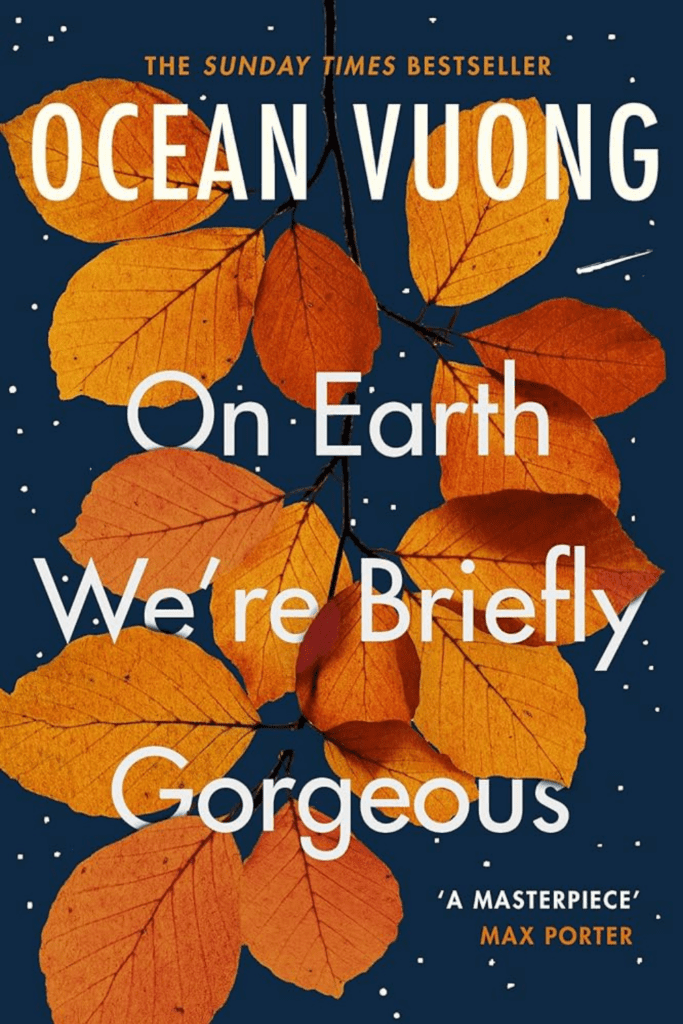
- This is an epistolatory novel written by a young Vietnamese American son, nicknamed Little Dog, addressed to his illiterate Vietnamese mother. This story is based on Ocean Vuong’s life and experiences.
How Should a Person Be? by Sheila Heiti
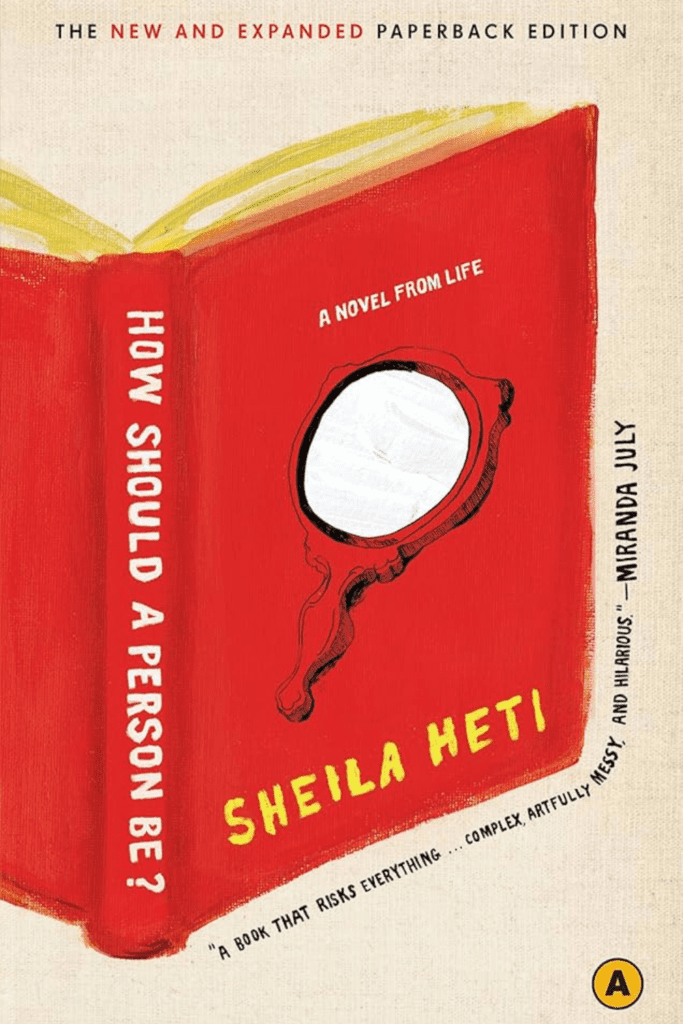
- A fictionalized autobiography in which a newly divorced Sheila, the main character-playwright, contemplates how should a person live and create as an artist. The novel includes taped conversations and emails with her artist friend Margaux.
Thank you for reading this post. I hope you enjoyed this post and are more familiar with the autofiction writing style! Feel free to recommend your favourite autofiction novels below.
You can save this pin for later!
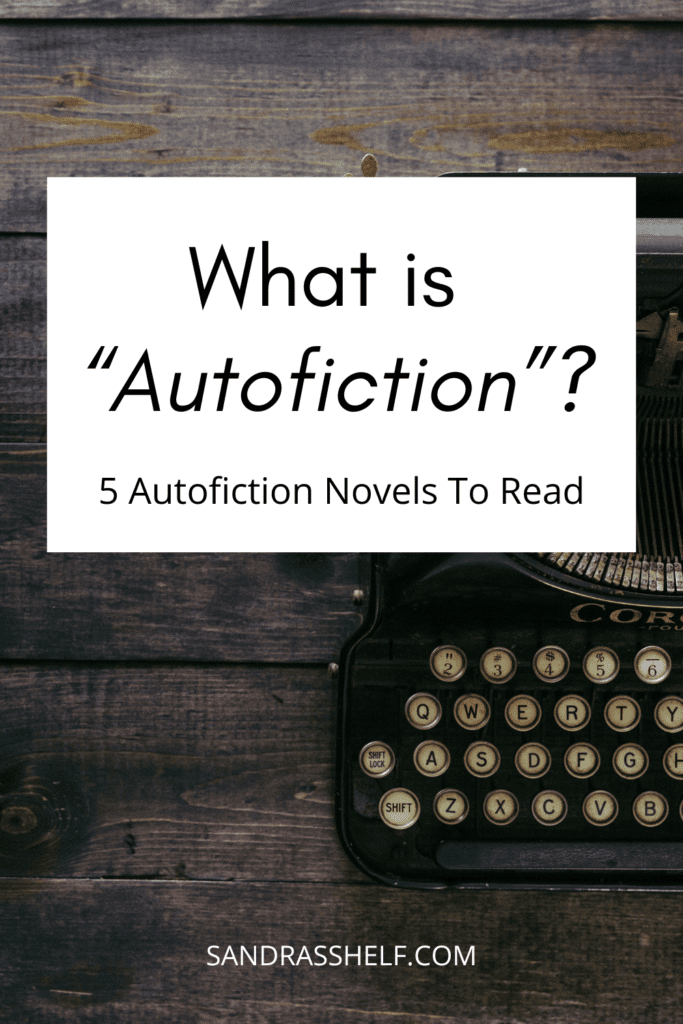
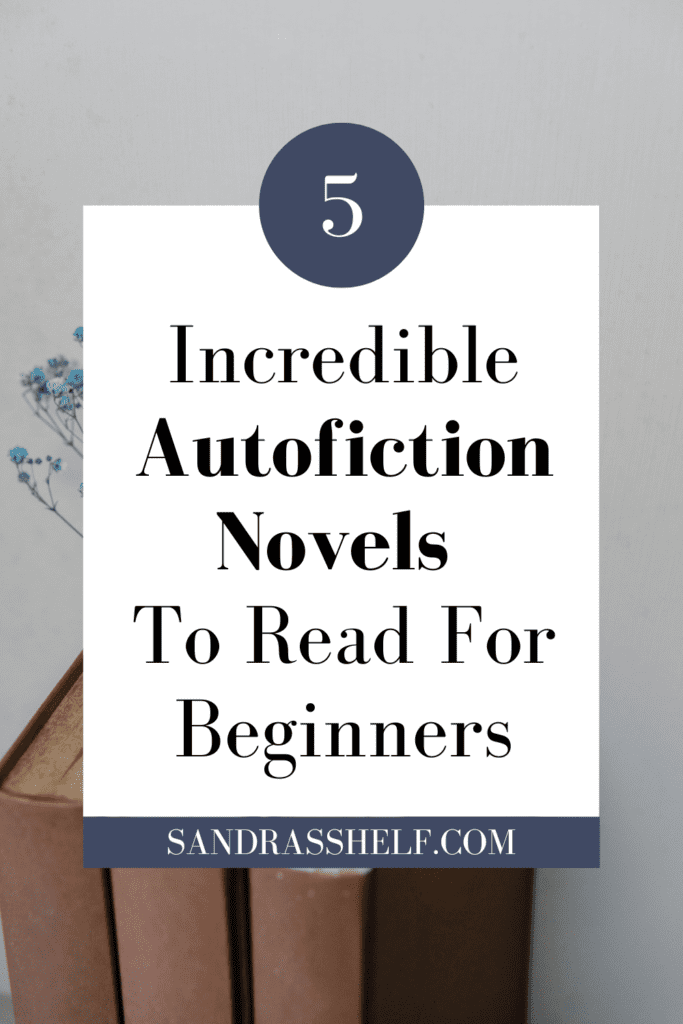
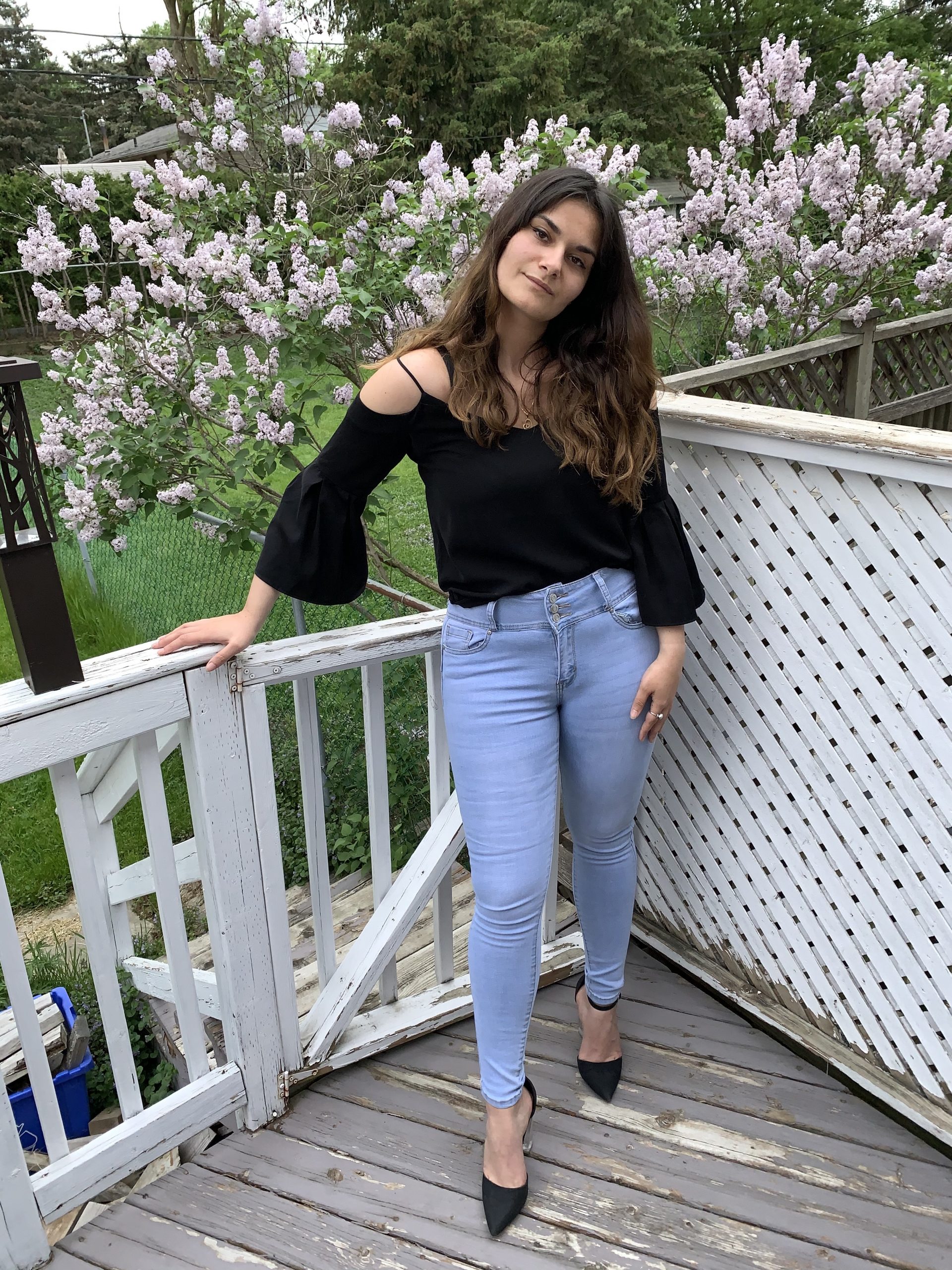



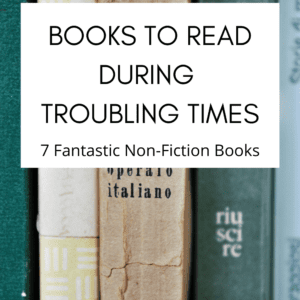

[…] term ‘autofiction’ before or if you don’t quite know what it means, I have a previous post on What is Autofiction? You can read it […]